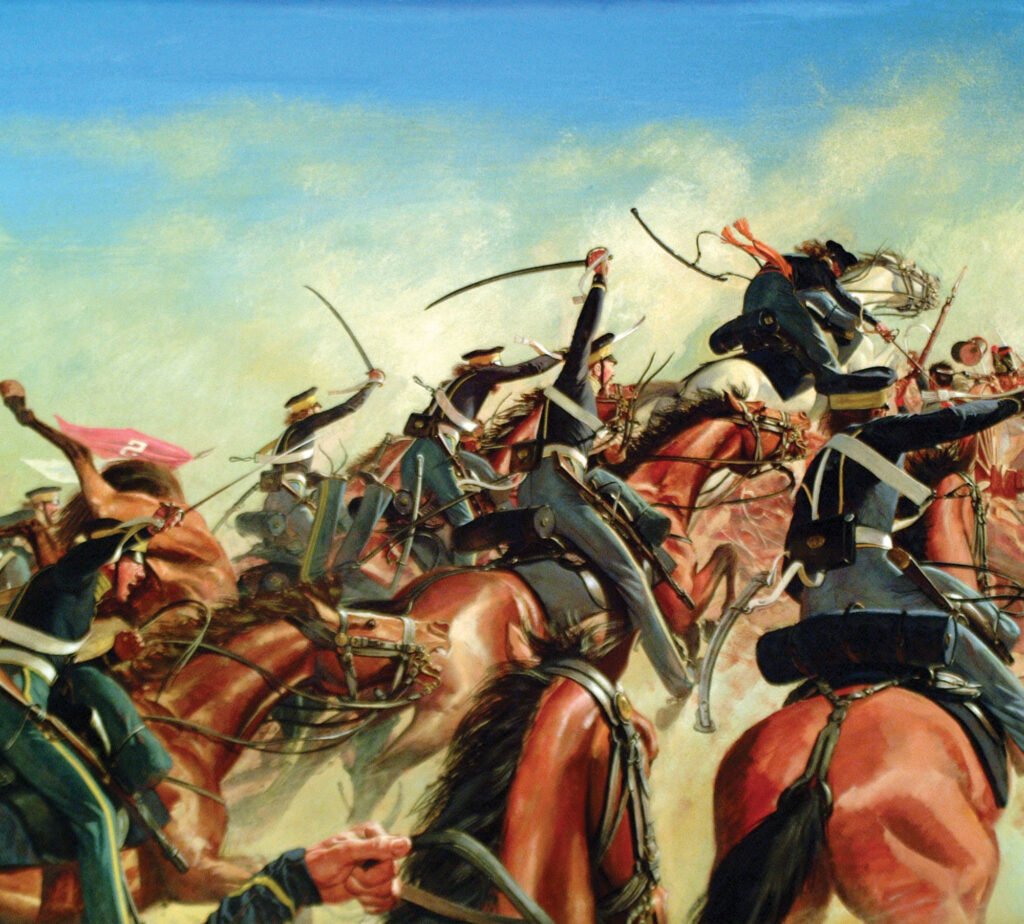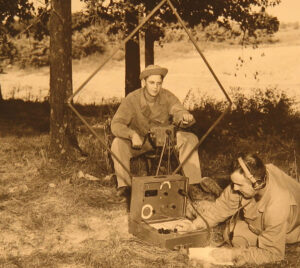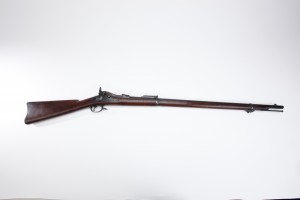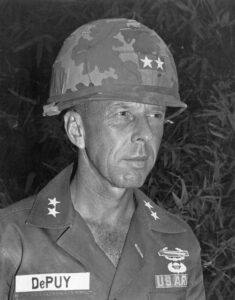Written By: Matthew J. Seelinger
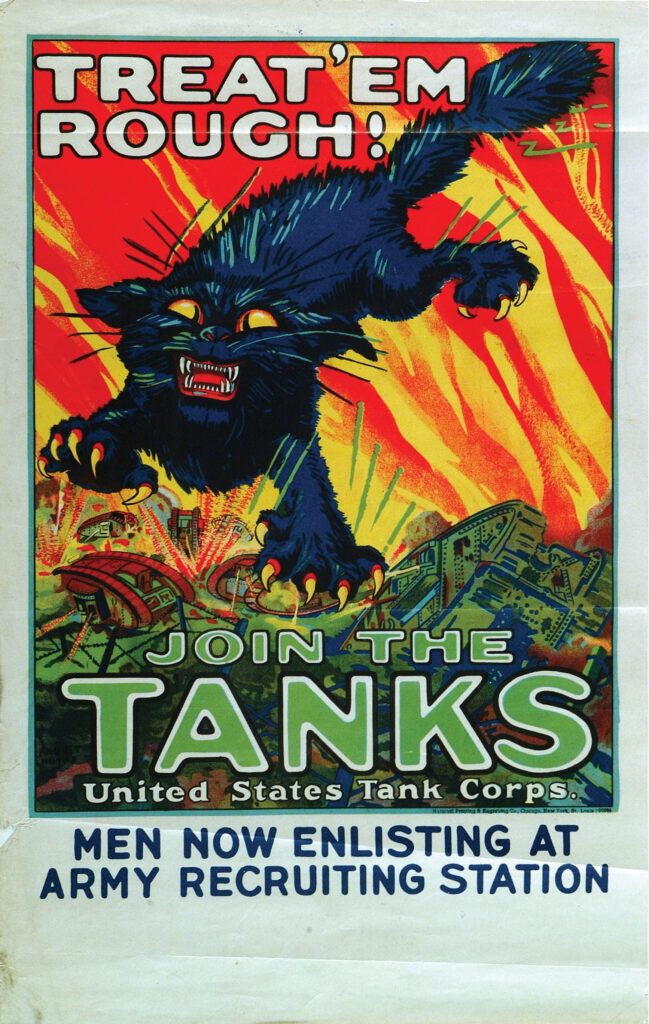
The origins of the U.S. Army’s mounted forces date back to 12 December 1776, when the Continental Congress authorized a regiment of cavalry. Although the Army formed various mounted units following the War for Independence, the first permanent mounted regiment, the 1st Dragoons (later 1st Cavalry Regiment) was not organized until 1833. During the early years of the Civil War, Confederate horsemen often defeated Union cavalry with ease. As the war went on, Union cavalry gained skill and experience and were eventually able to achieve superiority over their Southern foes. A number of Union cavalry officers, including Alfred Pleasonton, John Buford, Philip Sheridan, George Armstrong Custer, Wesley Merritt, and Judson Kilpatrick rose to prominence during the war. Many of these same officers went on to serve with distinction during the Indian Wars following the Civil War.
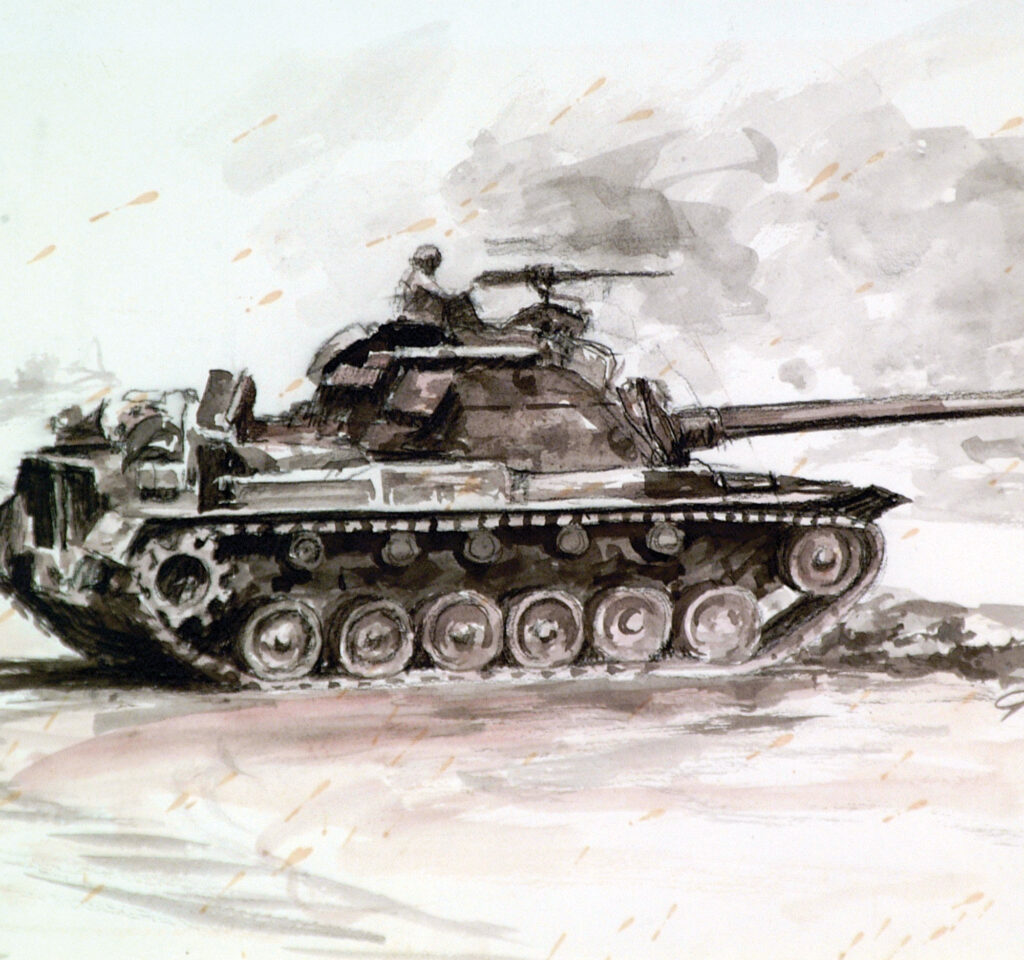
Cavalry units played an important role in the Indian Wars against the native tribes of the American West. Their mobility allowed them to keep up with mounted Indian warriors, although in some instances, they found themselves outmanned, and sometimes outgunned, especially at the Battle of the Little Big Horn on 25 July 1876, when Custer and his force from the 7th Cavalry were wiped out. During World War I, the Army established the Tank Service on 5 March 1918 and employed tanks in a limited role on the Western Front. After the war, the Army continued to develop armored vehicles and doctrine, but lagged behind the European powers, especially Germany. On 10 July 1940, the Army created the Armored Force. American armor would go on to play an important part in World War II, especially in Europe, but American tankers were often handicapped by inferior vehicles vulnerable to powerful German tanks and anti-tank weapons.
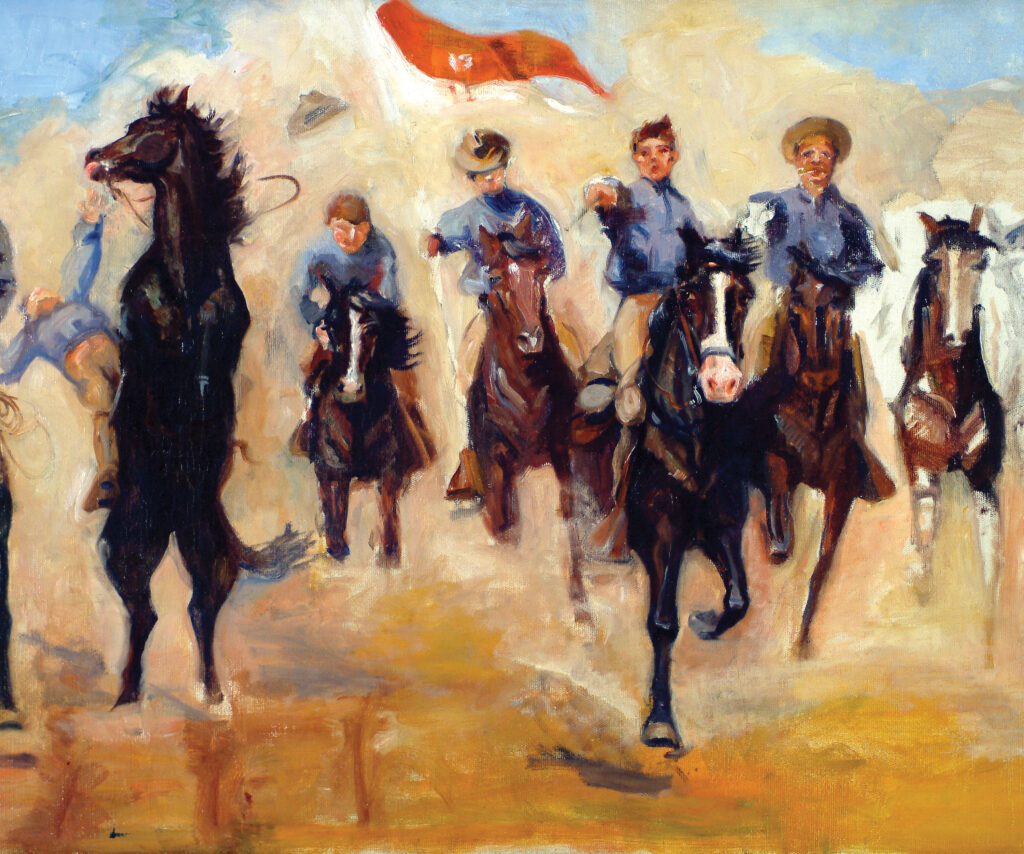
In 1950, Armor became a permanent branch of the Army. During the Korean and Vietnam Wars, armor played an important supporting role in both conflicts. It was during Operation Desert Storm in February 1991 that American armored forces really proved their mettle. During a 100-hour charge through the Iraqi desert, American armored formations destroyed thousands of Iraqi tanks and other vehicles. In the twenty-first century, the Army’s mounted forces have continued the mission of providing the offensive punch for the ground forces. Armor and cavalry forces served as the tip of the spear in Operation Iraqi Freedom. More recently, the capabilities of cavalry have been enhanced by new vehicles such as the Stryker.
